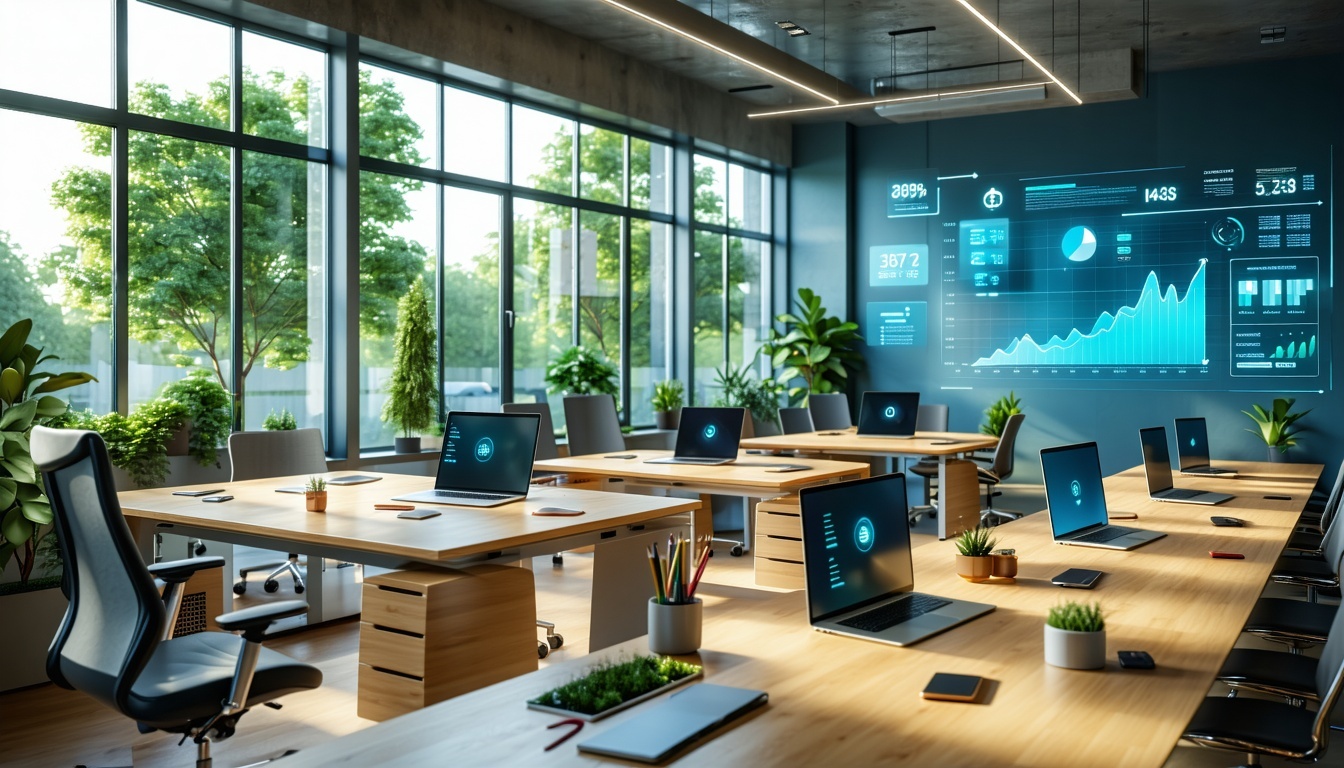Workplace Energy-Saving Tips Through Smarter Maintenance
Energy efficiency in the workplace has never been more important. With energy prices rising across the board and global warming never far from the front page, the battle is on for businesses to reduce their energy usage.
Smarter maintenance can play a key part in your company’s energy efficiency strategy. Read on to find out how you can ensure your systems and appliances are operating efficiently to minimise wastage.
Top focus areas for energy efficiency through smarter maintenance
Below we’ve listed the four areas of the office that are responsible for the highest power consumption, along with some practical tips on energy saving through smarter maintenance in each.
- Heating, Ventilation, and Air Conditioning (HVAC)
HVAC systems are the biggest consumer of energy in the workplace, accounting for 40-60% of power usage in the average office space. If you properly maintain these systems, you’ll be well on your way to an energy-efficient office. Minimise waste by:
- Scheduling routine checks for your HVAC systems, including regular cleaning and filter replacements.
- Cleaning air ducts to improve airflow, ensuring air distribution is working properly to stop your HVACs from working any harder than they have to.
- Scheduling annual services for heating systems, including boilers, heat pumps, or furnaces. Heating costs can increase by over 30% if your boiler is not properly maintained. Ensuring it’s running efficiently can also extend its lifespan and save you money in the long run.
- Lighting systems
Lighting systems are the second highest energy consumer in an office environment, and it’s estimated that UK businesses spend an average of 20% of their total power costs on lighting. Ensure you’re not spending more than you need to by:
- Cleaning light fixtures regularly. Clean lights mean optimal output and prevents employees from brightening the dimmers unnecessarily.
- Establishing a basic maintenance program for your lighting systems - this can reduce running costs by a whopping 15%. Without regular maintenance, light levels can fall by up to 30% in as little as two to three years.
- Regularly checking that motion/occupancy sensors are working. While these are great energy-saving initiatives, a faulty motion sensor can end up costing you more in operational costs than not having one installed at all.
- Equipment and appliances
Office equipment can contribute heavily to your overall power usage, with appliances ranging from computers and printers to energy-heavy kitchen equipment like fridges and dishwashers. Ensure these are working as efficiently as possible by:
- Scheduling regular maintenance checks for all office equipment. This can include tasks like cleaning filters, lubricating moving parts, and checking output.
- Consider getting a professional service for specialist equipment, like printers and white goods. Some companies offer a servicing agreement at purchase, or as part of their sales pitch - investing at the point of purchase could save you from costly repairs down the line.
- Server rooms
Server rooms are integral to any business, and good maintenance is key to reducing unnecessary energy costs. Ensure your servers are running as efficiently as possible by:
- Regularly cleaning server rooms, checking they are free from clutter and dust to prevent overheating or inefficient operation.
- Maintaining cooling systems to reduce energy waste.
- Ensuring proper airflow within the server room to ensure efficient cooling and minimize energy consumption.
By implementing these maintenance-focused action points, you’ll be one step closer to effectively managing your office’s energy consumption. Plus, you’ll likely lower your operating costs and contribute to a more sustainable environment. Win, win!
While maintenance is a key part of your energy-saving strategy for workplaces, it is just one piece of the puzzle. For more tips on how to save energy in your workplace, see our article: Your four-step guide to an energy-efficient office




